Live Tides
NOTICES TO MARINERS
Charts & Surveys

Incident reporting
Life-threatening emergencies on the river:
Call 999 and ask for the Coastguard
For near miss, safety observations and incident reporting click below
History in the making
Fiona Keates
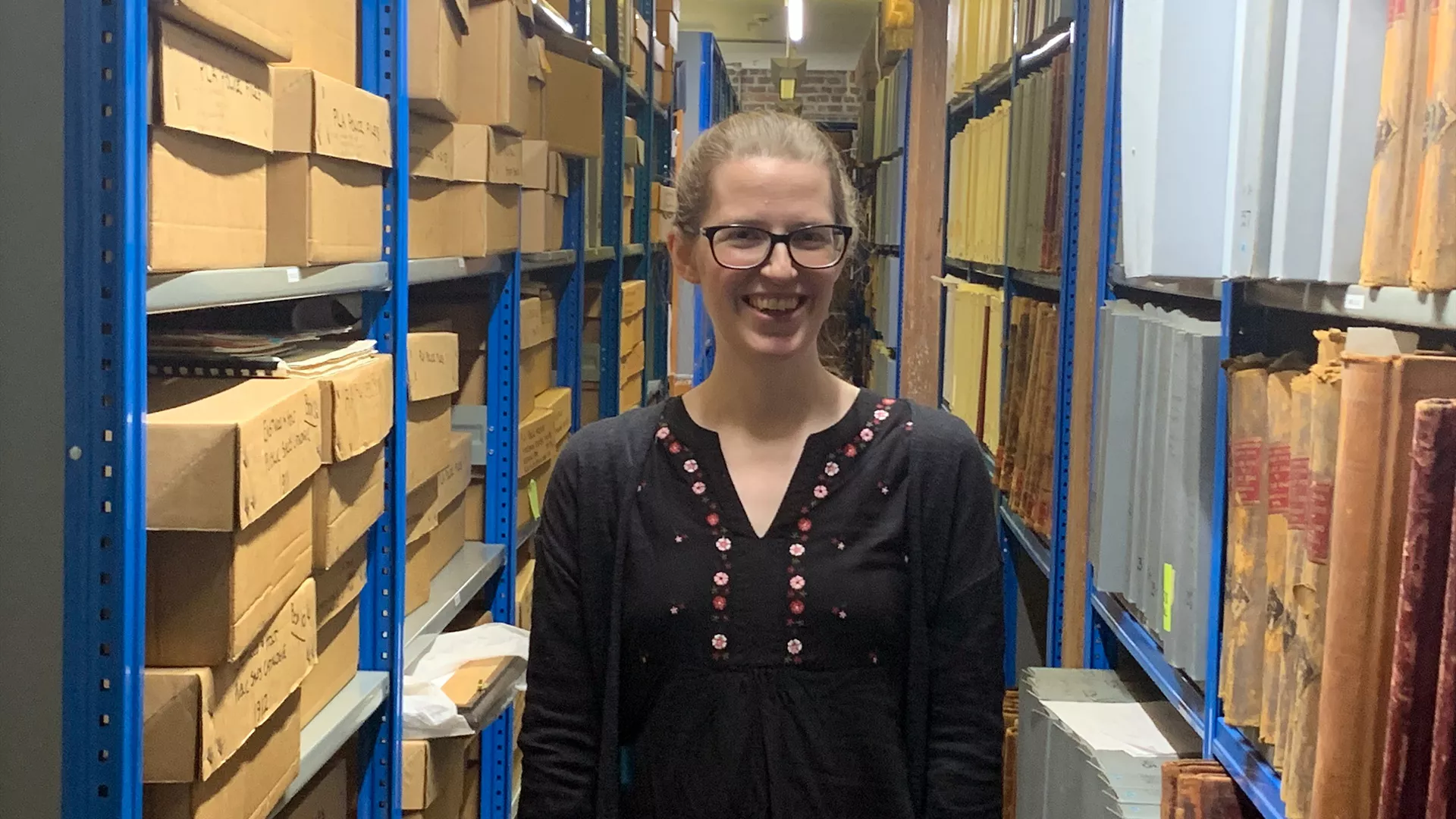
Born and raised in Gloucestershire, Fiona Keates has looked after the Port of London Authority (PLA) archive at the Museum of London Docklands since 2018. One of the largest of its kind in the country, it continues to grow and contains a few surprises.
London calling
“My first encounter with the river was on a school trip to the Tower of London.
“I remember feeling so excited visiting landmarks I’d only ever previously seen on TV."
Historical leanings
“At school, history was always one of my favourite subjects.
“My parents often took me to museums, castles and historic houses.
“It was not a difficult decision to go on and study it at university.
“I absolutely loved being able to look at different time periods in much more detail once I got there.
“I was an undergraduate at Durham, before moving to Liverpool for my Masters in Archiving & Records Management.
“In between, I spent a year gaining work experience including at what was the British Waterways Archive, held at Gloucester Docks.
“Before joining the Museum of London Docklands, I worked for the NSPCC and Royal Society.
“I have really enjoyed gaining experience in a variety of archives.”
Collection highlights
“The archive I now look after is of local, national and international importance.
“The first-ever PLA minute book from 1909, for example, is a highly-significant piece of the port’s history, with the chair of the newly-formed authority setting out the changes that were needed to ensure safety on the river and in the docks, which were among the busiest in the world at that time.
“The majority of the archive dates from the late 1700s, but we do have some earlier property deeds, including one from 1654, when Oliver Cromwell was serving as Lord Protector.
“I always struggle to pick my personal favourite item in the PLA archive.
“If pushed, I’d probably opt for some of the recently-catalogued photographs of PLA employees taken during the First World War.
“They not only capture a poignant moment in history, but unusually we were able to put names to the faces.
“I am biased, but my favourite part of the museum galleries has to be the two display cases dedicated to PLA archive material.
“Currently, they contain signed letters from Ernest Shackleton and Captain Scott, who used the Port of London as a base for their Antarctic expeditions.
“The No. 1 Warehouse gallery is really evocative of how the docks used to look and feel.
“It also features PLA archive material - including a mummified cat and rat…!
“To find out more you will just have to come and explore the museum for yourself.”
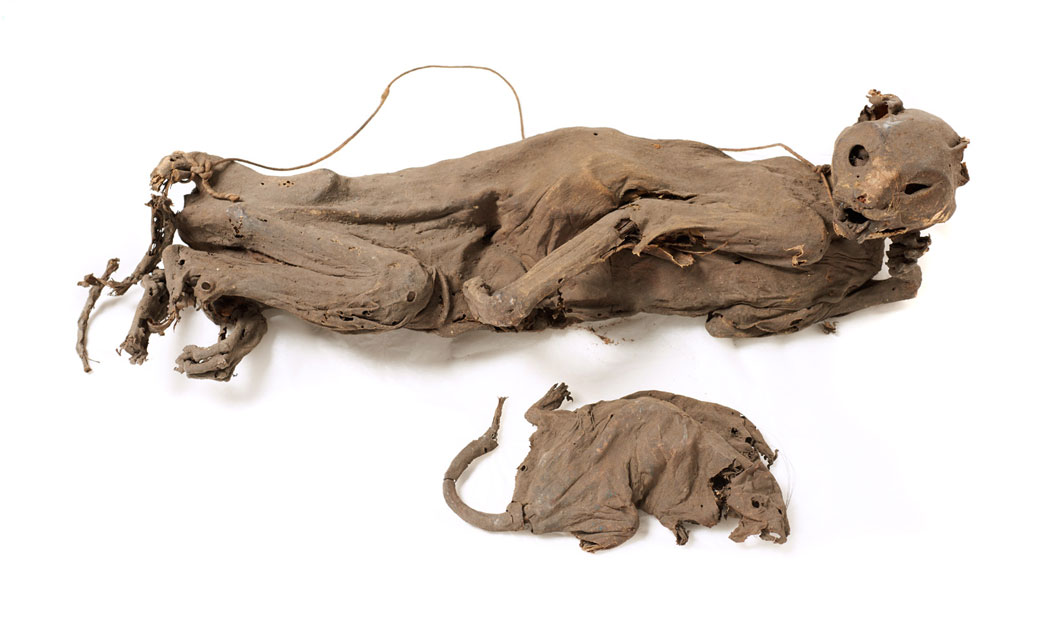
Image above: Mummified cat and rat
Back catalogue
"The archive is also very large - and with the PLA still very much in existence, it continues to grow.
“It’s impossible to say for certain how many items the collection contains.
“We are still in the process of cataloguing it all, which sometimes seems like a never-ending task.
“It’s a long-term exercise that will take years, not months.
“To give you some idea of its scale, we have over two kilometres of shelving, holding all sorts of artefacts, including over 20,000 engineering drawings.
“Quite simply, if an item isn’t catalogued, then we’re unable to find it.
“And if it can’t be found, it can’t be used, either for historical research or display in the museum galleries.”
Day to day
“Archivists often end up doing a multitude of daily tasks, but our primary goal is to make collections accessible and preserve them for future generations.
“I answer enquiries about the PLA collection and facilitate research visits.
“Another of my core duties is cataloguing material onto a specialized database to make it findable.
“On request, I give group tours and talks about the history of the docks and the PLA.
“I particularly enjoy being able to help people compile their family tree with information not found in census records.
“On the flip side, it’s annoying when you have investigated all possible avenues but the information you are seeking has just not survived.”
Protection squad
“Archive material requires special conditions for its continued preservation.
“This includes limiting its exposure to light.
“This is why museum often rotate their displays.
“We take great care to prevent deterioration in the documents.
“The archive is kept in a temperature and humidity-controlled store.
“Even small things help, like removing plastic wallets or metal paperclips.”
Research purposes
“The archive is mostly used for in-depth research.
“Visitors making appointments to view the archive include academics and students, historians, civil engineers, boat restorers and even novelists and fashion designers.
“They come from all corners of the globe.
“Sadly, it was before my time, but a few years back Barbara Windsor visited the archive for an edition of the BBC’s Who Do You Think You Are?
“Everyone is welcome!
“Free appointments are available on Thursdays.
“It’s helpful if people booking a slot to come in can provide in advance an outline of what they are looking to find.
“The museum itself is open to visitors every day.
"The permanent galleries are free too, as is our enquiry service.
“Small parts of the archive are available online.
“It’s important to note that we are unable to accept unsolicited items, so ask people not to turn up or send us anything out of the blue.
“There are lots of checks we have to do before anything can be stored on site.”
A working museum
“The museum is a really great place to work.
“It’s not just the incredible collections.
“All the staff are extremely dedicated and supportive of each other.
“The building we’re in is one of the original dock warehouses.
“We do hear stories about ghosts.
“The floor where the archivists are based is reputedly the most haunted.
“If you are alone in the office as it gets dark, it can be a bit creepy."
Surviving the pandemic
“Like many other museums and visitor attractions, we were impacted by lockdown closures, but we are starting to see more and more visitors coming back.
“With a collection that is largely physical, rather than digital, the pandemic inevitably caused delays in cataloguing and answering enquiries, which was frustrating at times.
“Fortunately, the archive itself suffered no ill effects.
“Our amazing facilities and collections care teams ensured that nothing was at risk during periods the museum was closed.
“The other good news is that we’re pretty much back to normal now and we’re able to host research visits again.”
London: Port City
“In 2022, thousands of visitors came to see London: Port City, a special exhibition which showcased the PLA archive.
“A lot of people were keen to find out more about the history of the docks, or had a family connection to the area, which made it a very personal experience.
“We even had a group of Chelsea Pensioners arrive by boat to tour the exhibition, which is still available online.”
Looking to the future
“There’s a huge amount to look forward to this year at the museum.
“We have a fantastic programme of events lined up to celebrate our 20th anniversary, including a free new display, Indo + Caribbean: The creation of a culture, opening on 19 May and running till November."
Quick fire
- The Thames in just three words? Historic, characterful and essential.
- Best river view? Walking over London Bridge and looking towards Tower Bridge at sunrise or sunset.
- Favourite Thames-side restaurant or pub? The Tattershall Castle in central London, especially on sunny days.
Related content
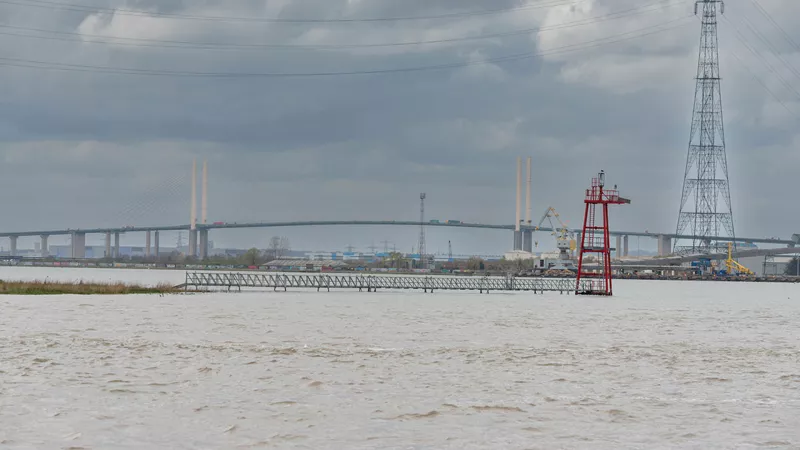
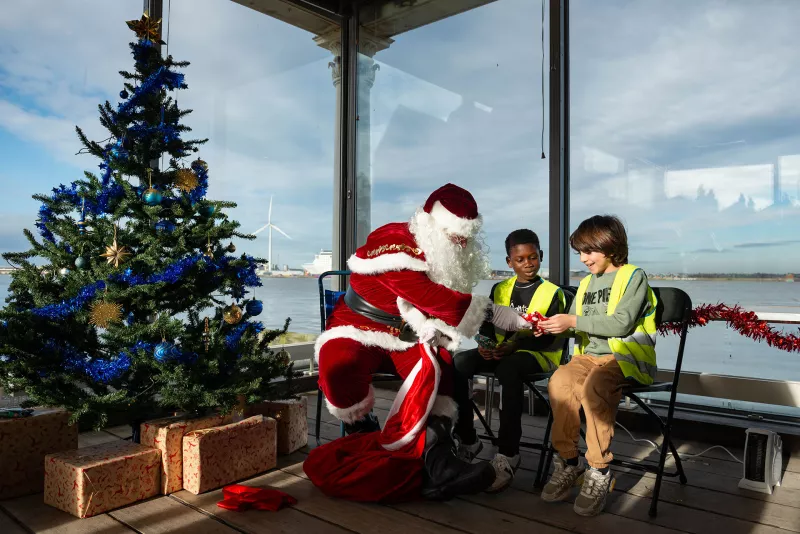
Location: London/Gravesend Remuneration: £28,971 per annum for a commitment of up to 24 days per...
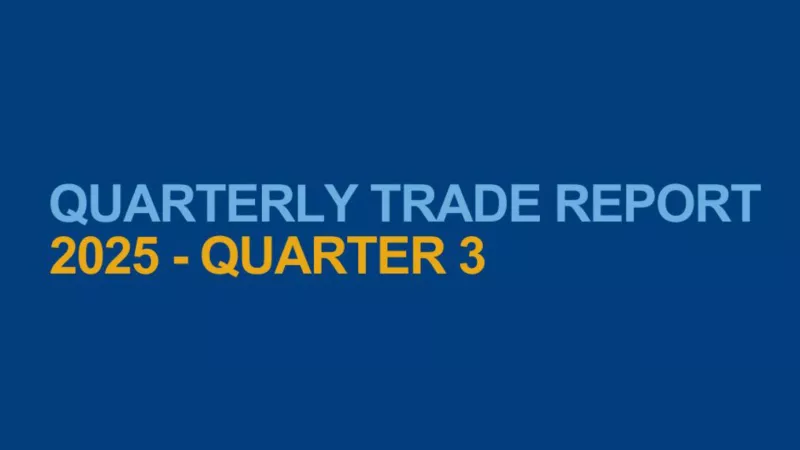
Discover


